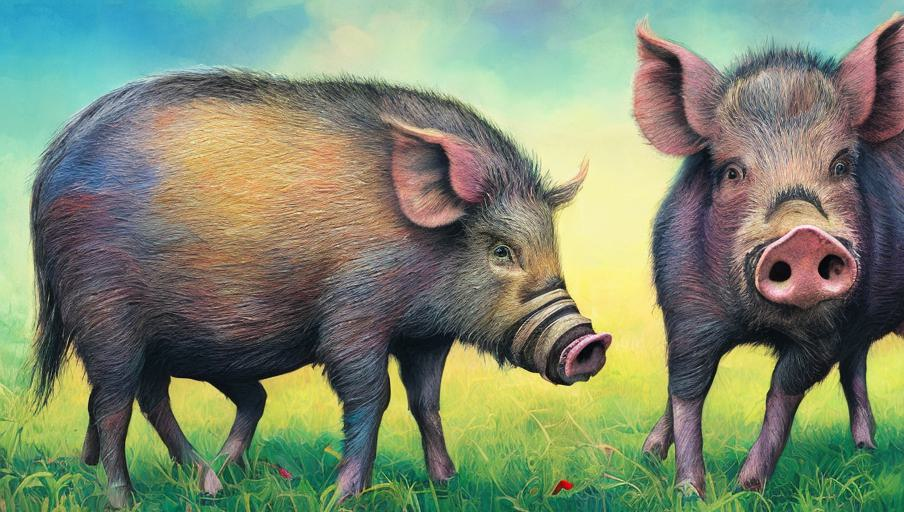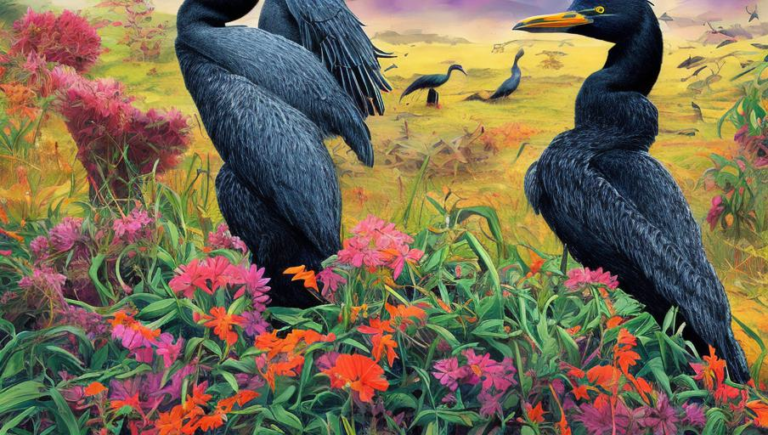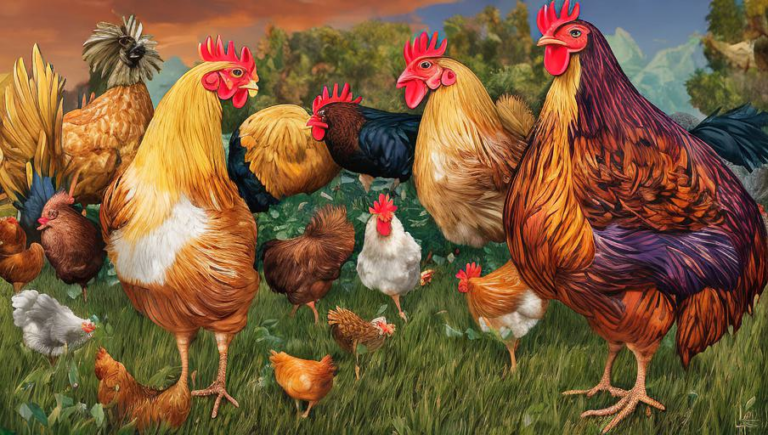Locating Boars: Where They Live and What to Look For

Introduction
Boars are wild animals found in a variety of habitats across the world. They are often seen in woodlands, grasslands, and even in wetlands. Boars are generally large animals, with males reaching an average weight of between 200-400 lbs, and females reaching an average weight of between 100-200 lbs. These animals are also known for their intelligence, being able to recognize their environment and potential dangers. Boars can be found in both temperate and tropical climates, as they have adapted to living in a variety of environments.
Physical Description
Boars have thick, bristly coats that can range in color from black to brown. Their coats are made up of coarse hairs which are often used for protection against predators. Boars also have long, curved tusks that they use for defense and to dig for food. They have a long, straight snout and short, rounded ears, and short legs with cloven hooves.
Habitat
Boars are found in a variety of habitats, including woodlands, grasslands, and wetlands. They are also known to inhabit agricultural areas, such as farms and pastures, as well as urban areas with parks and gardens. Boars prefer to live in areas with thick vegetation, which provides protection from predators. They are also known to inhabit areas near water sources, such as rivers, lakes, and ponds.
Behavior
Boars are generally shy animals, but they can become aggressive when they feel threatened. They are social animals and can be seen in groups of up to 12 individuals. They are also highly adaptive, being able to live in a variety of habitats and adjust to changes in their environment. Boars are omnivorous, meaning they eat both plants and animals. They are known to eat roots, mushrooms, fruits, and small animals.
Finding Boars
Boars can be difficult to spot in the wild, but there are several tips that can help you locate them. First, look for areas with thick vegetation, such as woodlands and grasslands, as this is where they are likely to be found. You can also look for tracks, as boars leave noticeable footprints in soft ground. Additionally, you can look for signs of digging, as boars use their tusks to dig for food. Finally, you can listen for their distinct grunts and squeals, which can be heard from a distance.
Conclusion
Boars are fascinating animals that can be found in a variety of habitats across the world. They are large animals with thick coats and long tusks, and they are highly adaptive, being able to live in a variety of environments. Boars are also social animals and can be seen in groups of up to 12 individuals. Although they can be difficult to spot in the wild, there are several tips that can help you locate them.





